Sponsored by the Creation Care Ministry
Making your own custom lotions at home can be fun. It’s no more difficult than cooking up a good meal. Some recipes are more complex than others, so just pick one that suits you.
Here are 3 ways to make a lotion yourself:
The Easy Method
Buy a variety of off-the-shelf lotions that suit you. Empty out lotion containers that are almost empty – don’t waste any! Mix them all together to get just the right mix of ingredients that best match your needs.
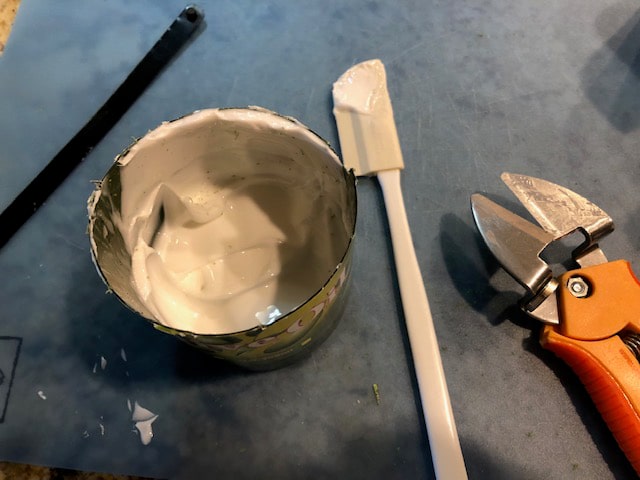
The Easiest Custom Method
Combine the moisturizing fats of your choice.
Here’s an example:
- 1 cup of organic raw shea butter (this is a solid at room temperature)
- ½ cup of coconut oil (just barely a solid at room temperature)
- ½ cup almond oil (liquid at room temperature)
You can substitute other solid fats in place of the shea butter and coconut butter, just be sure to keep the proportions the same. You can substitute another liquid fat for the almond oil, just keep it at the same proportion as well.
Mix them together and enjoy! If you heat them until they’re melted and then beat them with a mixer for several minutes the resulting lotion will be softer and creamier.
An added bonus to using only fats is that there is no need for an emulsifier or a preservative.
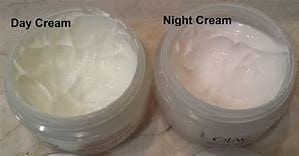
The Fully Custom Method
This is the real deal! Choose ingredients based on your needs and desires. This is no more difficult than making a fine dinner, but it is a bit challenging.
A good recipe for a custom lotion will contain:
- A Water Phase. This consists of any ingredients that are water soluble. This will start with a combination of distilled water and floral water of your choice.
- An Oil Phase. This consists of any ingredients that are fat soluble, such as avocado oil, coconut oil, lanolin, etc.
- An emulsifier. This is a substance that allows water soluble substances to combine and stay combined with fat soluble substances. For example: Beeswax, Borax, and Lecithin are emulsifiers.
- A preservative. Any product that contains water can be a breeding ground for bacteria and mold. A preservative will prevent that.
There are a few simple tools needed:
- A pan to use as a water bath for melting the two phases prior to combining them.
- A scale for weighing out the proper proportions of the ingredients.
- Small pitchers for holding the two phases prior to combination.
- Thermometers for monitoring the temperature of the phases.
- A mixer or beater of some kind.
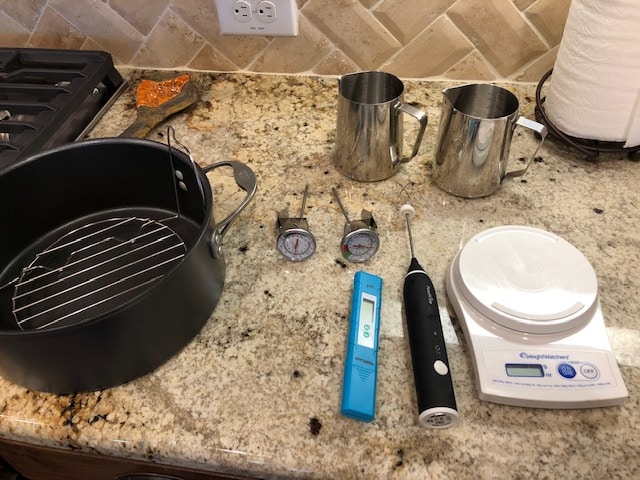
The Process:
– Place two glass or metal pitchers in a water bath (or double boiler) with thermometers in order to monitor the temperatures
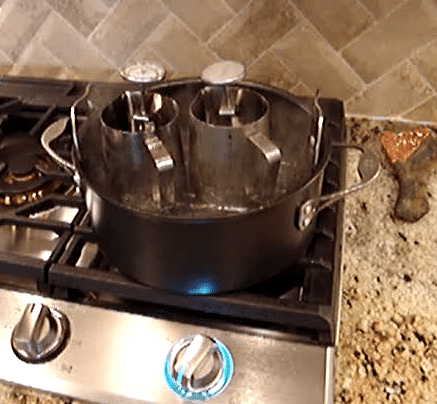
– Add the oils, beeswax, and lecithin to a pitcher and begin heating in the water bath.
– Add the Borax and the water to a pitcher and begin heating in the water bath.
– When the Oil base reaches 70 degrees C, or is fully melted, take the Water Phase out of the water bath and let it cool to less than 60 degrees C.
– Add the preservative to the Water Phase and begin whipping the Water Phase.
– Slowly pour the Oil Phase into the Water Phase while continuously whipping.
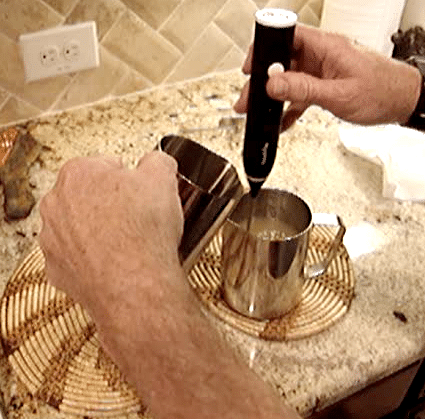
– Whip continuously for at least 5 minutes.
Pour into a container and enjoy!
Leave a Reply